Gouache and watercolor on beige paper.
Located and signed lower left Shanghaï Lafugie.
Red stamp in Chinese characters, Chinese ideograms upper right.
Gilded wooden frame.
Dimensions: H. 49 cm, W. 29.5 cm
Dimensions with frame: 53.3 cm, 33.4 cm
Little cracked on the corner of the frame glass.
Our watercolor and gouache probably dates from the end of the twenties, between 1927 and 1930. Located in Shanghai, it represents a Chinese musician, plucking the strings of a type of banjo in such a delicate way that the cat continues its nap, quietly curled up next to her.
The young woman, with a pale face highlighted by finely drawn features, is dressed in a silk dress with shimmering reflections. She wears elegant earrings matching in their green shade her navette-cut ring. She sits on a quickly sketched bench, her back held up by a red cushion decorated with a Chinese pompom.
Léa LAFUGIE (1890 Paris - 1972 Paris)
French explorer, painter and author, Léa Lafugie belongs to that generation of artist-travelers who seized their independence to crisscross the most distant lands hit her to inaccessible to Westerners. Her favorite terrain will be Asia, like Alix Aimé or Alexandra David-Néel who confessed with regret: If only I had been gifted like her with the ability to skillfully handle the pencil and the brush. Alas!
Enrolled at the age of 14 at the Ecole Nationale des Arts Décoratifs in Paris, then at the Ecole des Beaux-Arts, she was noted for the quality of her drawings, which she exhibited in particular at the Salon des Artistes Indépendants.
In 1924, she decided to go on an adventure with a first stay in North Africa.
The following year, she embarked for Indochina and discovered Ceylon, Burma, India where she stayed for several years and especially Tibet. She stayed there for five years during three expeditions carried out in 1926, 1927 and 1931.
Even if she did not manage to access Lhasa, she managed to blend into the background and use her talents as a painter to establish relationships with the hidden world of the lamaseries.
Two books, published in 1949 and 1963, illustrate her passion for this Land of the Living Buddhas, the title of one of her works.
From 1927, she explored Cambodia, Siam, Laos, Tonkin, China, and Japan. In 1930, she visited Singapore and Indonesia, before living in Malaysia, where her husband who owned a plantation. During World War II, she was held prisoner by the Japanese, who interned her in Cholon, Vietnam, and then in Singapore. She had to wait for the Japanese to surrender before being released.
From all her travels, Léa Lafugie left behind numerous drawings, watercolors, and paintings.
She also collaborated with various newspapers and magazines, such as L'Illustration and National Geographic.
In the 1930s, she exhibited several times in the countries where she visited, particularly in Jakarta. In 2016, the Jakarta Museum of Fine Arts dedicated a retrospective to her, paying tribute to her passion for Asia.





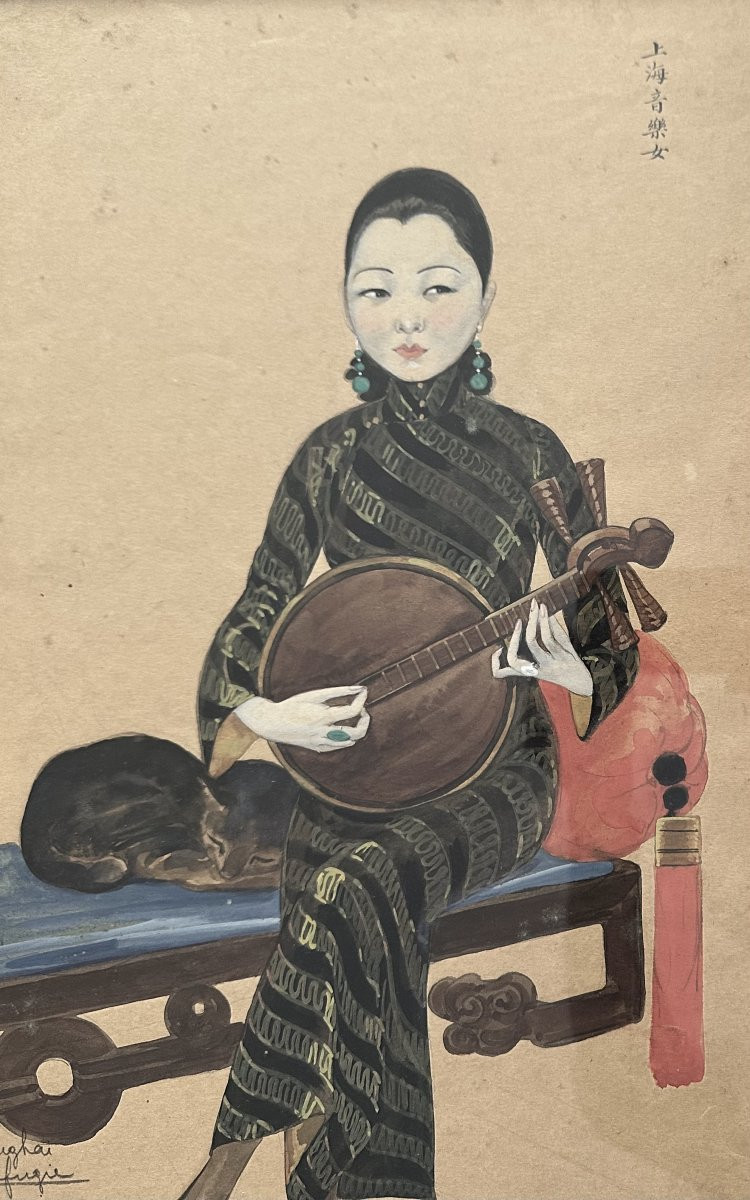
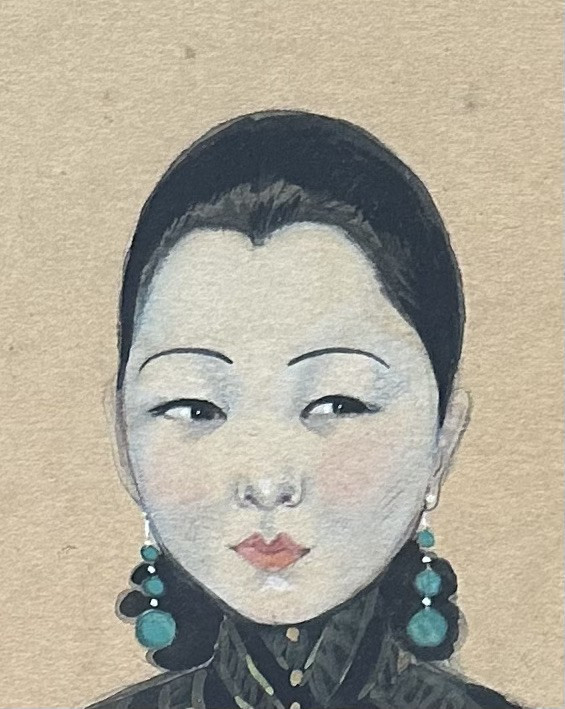


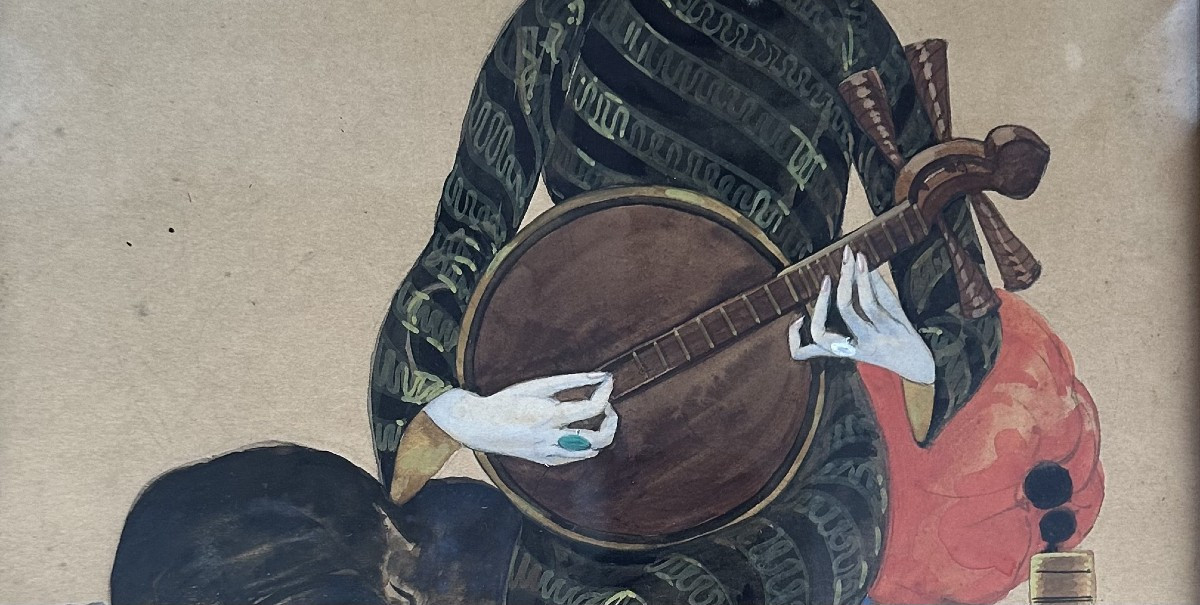
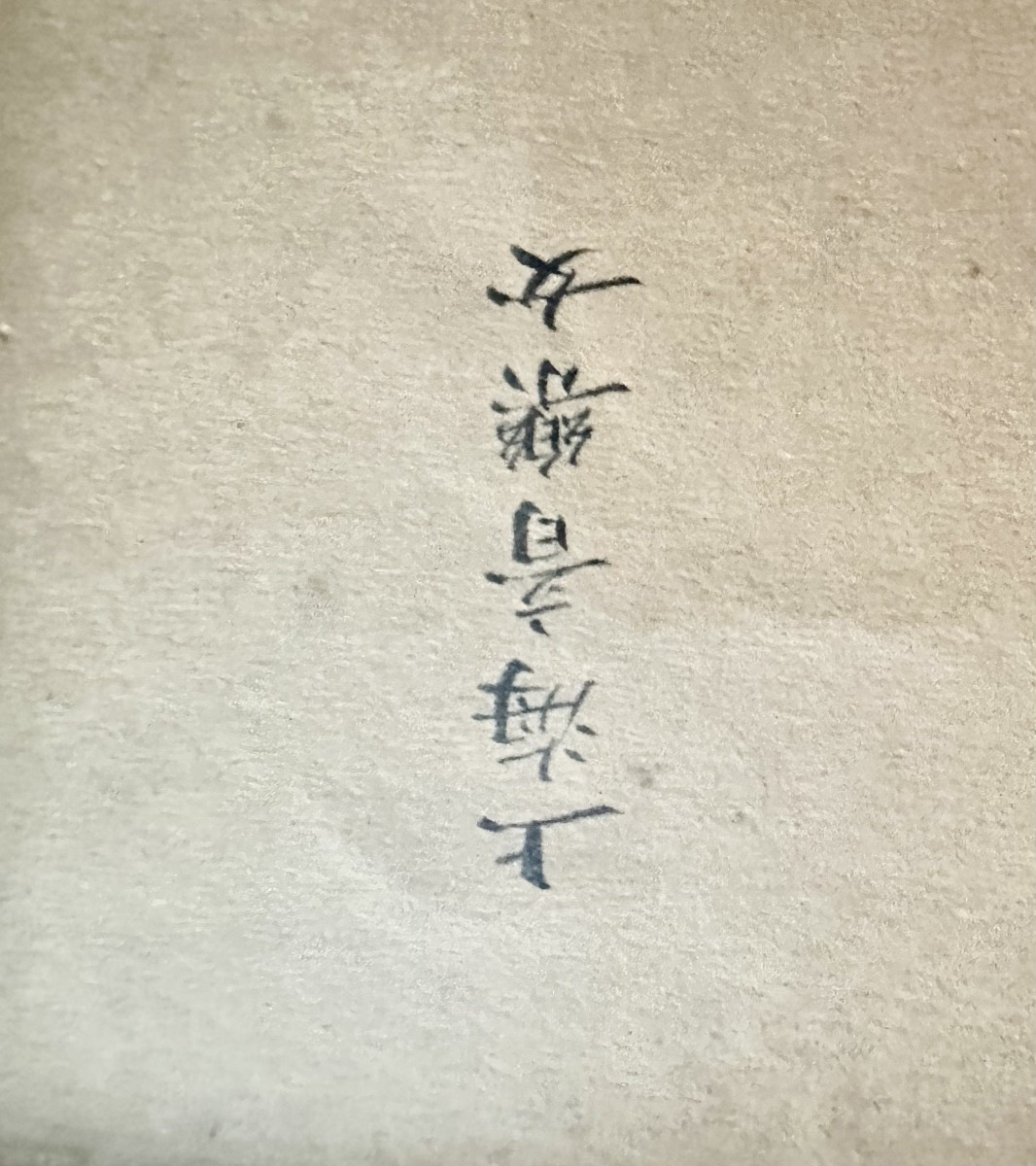

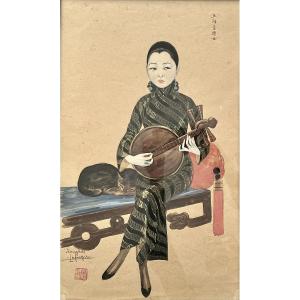






























 Le Magazine de PROANTIC
Le Magazine de PROANTIC TRÉSORS Magazine
TRÉSORS Magazine Rivista Artiquariato
Rivista Artiquariato